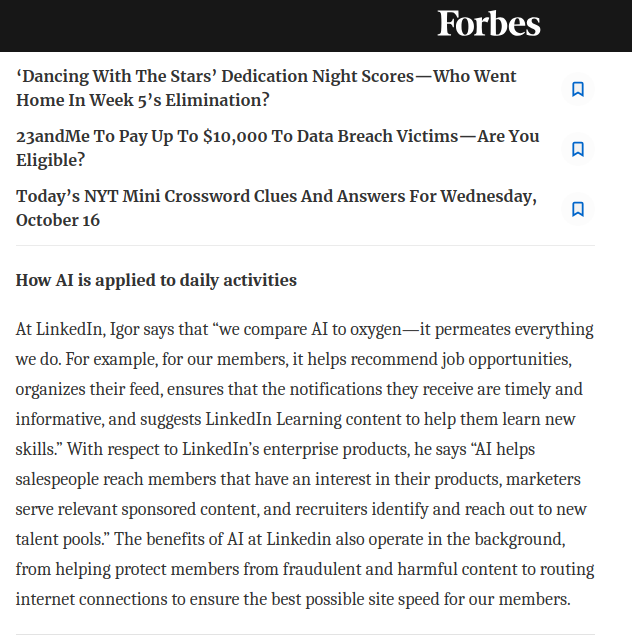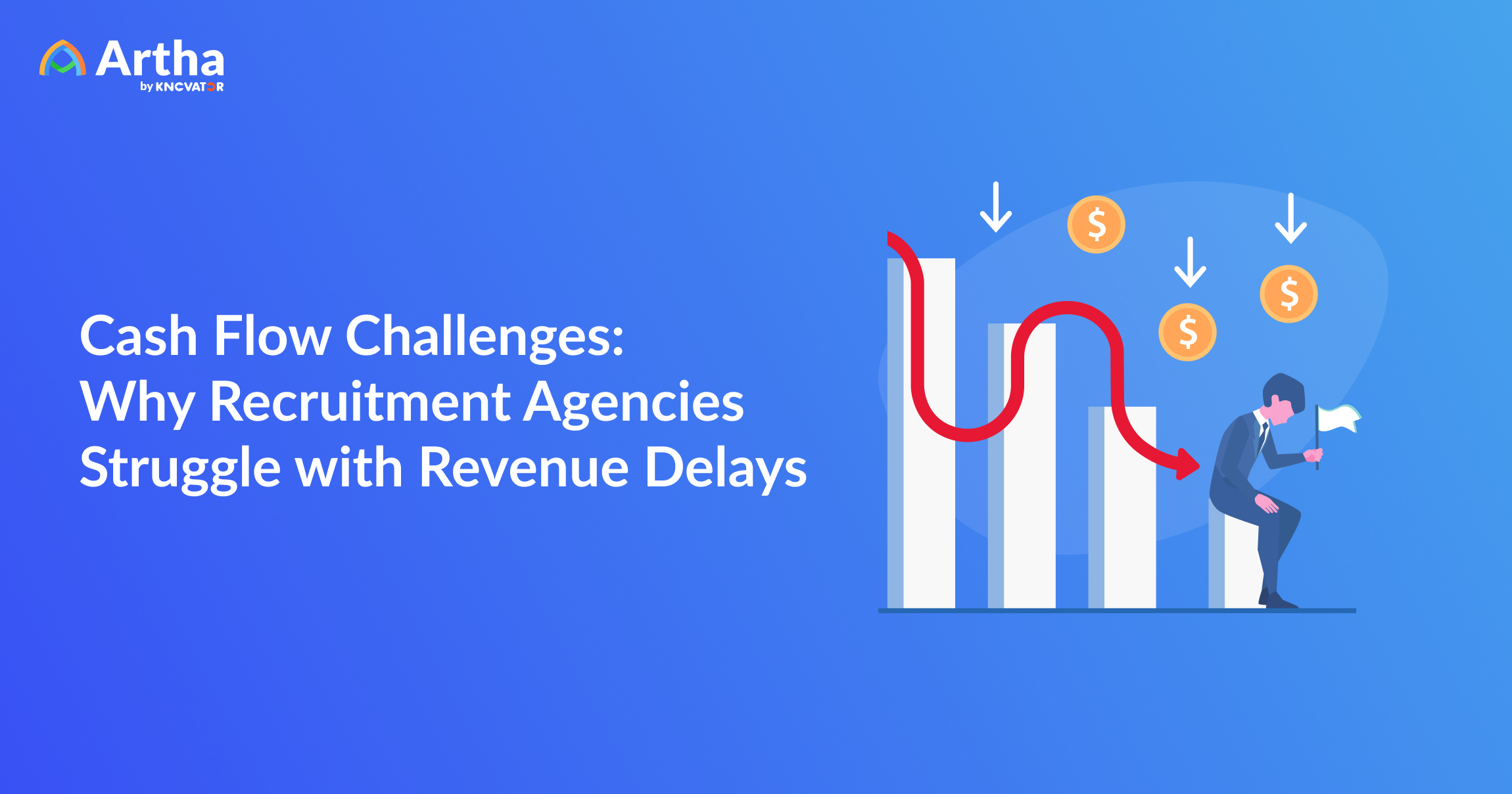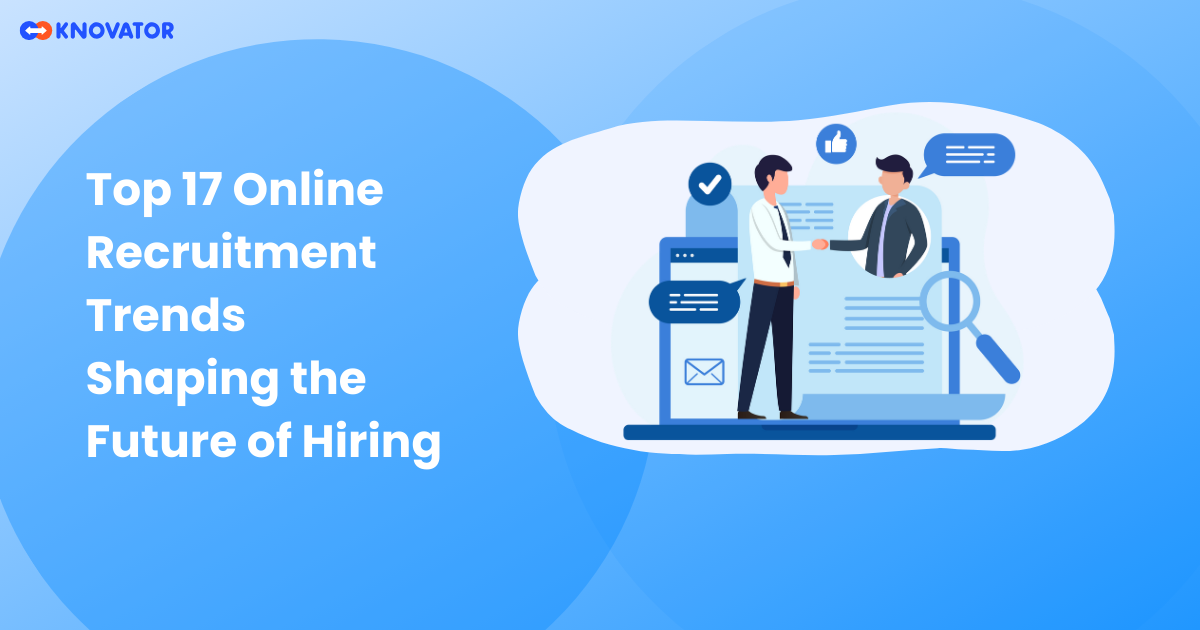Introduction
Imagine running a training institute that doesn’t just educate but actually launches students into careers, confidently and efficiently. That’s the power of Artificial Intelligence today—it is revolutionizing all industries, including education. But what happens if your institute doesn’t embrace this change?
In this blog, we will discuss why institutes that fail to adopt AI-powered solutions are losing significant opportunities, and how adoption of these technologies can improve student placement, increase revenue and optimize processes. This adoption demonstrates how job board software benefits universities by enhancing their ability to connect students with relevant career opportunities, ultimately boosting both placement rates and institutional reputation.
1. Low Placement Rates Impacting Institutional Reputation
Right now, many training institutes are facing major challenges—low placement rates, decreasing enrollments, and a highly competitive environment that makes it tough to stand out. But AI is here to change the story. It’s not just about automating processes; it’s about doing things better—being precise, and efficient, and ensuring your students succeed.
Even At LinkedIn, Igor says that “we compare AI to oxygen—it permeates everything we do. For example, for our members, it helps recommend job opportunities, organizes their feed, ensures that the notifications they receive are timely and informative, and suggests LinkedIn Learning content to help them learn new skills.”

Here’s how low placement affects an institute’s reputation.
- Declining Enrollment: Fewer students apply due to poor job outcomes.
- Negative Perception: The institute is seen as not preparing students for careers.
- Alumni Disengagement: Alumni are less likely to endorse or support their institute.
- Reduced Industry Partnerships: Companies avoid collaboration with institutes that don’t produce employable graduates.
- Competitive Disadvantage: The institute struggles to compete with others that have stronger placement records.
AI job placement tools with powerful algorithms and natural language processing capabilities, can efficiently match student profiles to suitable career openings based on objective criteria and ultimately improve placement rates with AI.
Table: Comparison of Institutes Using AI vs. Those Without AI
| Feature | AI-Powered Institutes | Traditional Institutes |
| Placement Success | 85% | 60% |
| Enrollment Growth | 20% annually | 5% annually |
| Revenue Increase | $500,000/year | $100,000/year |
2. Training Institute Revenue Decline Due To Lower Student Enrollment
Imagine being a prospective student or a concerned parent looking at options for quality education. One of the first things they notice is the institute’s placement track record. Without strong placement rates, an institute’s reputation takes a significant hit. especially with the growing adoption of online learning platforms that provide alternative education pathways.It signals that the institute might not be equipped to help students land jobs, making it less appealing compared to competitors that boast better placement outcomes.
Impact of Low Enrollment on Revenue
- Fewer Tuition Fees: Low enrollment directly reduces tuition income, impacting overall revenue.
- Financial Instability: Revenue loss affects the institute’s ability to cover operational costs and maintain financial health.
- Restricted Growth Opportunities: Limited revenue hampers investment in new programs, technology, and resources needed for growth.
- Reduced Marketing Efforts: Lower income limits marketing budgets, making it harder to attract new students and worsening the enrollment problem.
According to a study by Tidio, over 62% of respondents believe that recruitment AI tools are the future of the hiring process specially for institutes. AI in training institutes allow institutions to demonstrate their dedication to student success while also attracting a bigger pool of applications.
Furthermore, AI-powered analytics can provide important insights into student preferences and market trends, allowing universities to customize their offers and marketing tactics to the changing demands of potential students. Job matching with AI ultimately leads to higher enrollment and also boost revenue.
3. Administrative Overload and Operational Costs
The Cost of Administrative Overload
A research of 761 Higher Education Institutions (HEIs) in 11 European countries discovered that institutions with a high level of external involvement, administrative works and service providing have a higher operational expenditure.
Impact of Administrative Overload on Placement
- Diverts Focus from Placement: Excessive admin tasks mean staff are stuck handling paperwork instead of working on student placements. This reduces the effectiveness of placement activities and delays career support for students.
- Slower Job Matching: Manual job-matching takes up a lot of time and effort, students give exams for placement and end up getting rejected as the employer needs are not matched with the candidate skills. That’s where AI helps by aligning both candidate and employer needs.
- Reduced Employer Engagement: When staff are overwhelmed with administrative work, they have less time to connect with employers. Good employers need constant attention from the university. Building and nurturing employer relationships is crucial for job opportunities, and lack of engagement limits placement options.
- Outdated Systems Hurt Efficiency: Without AI-driven automation, operations are slow and resource-draining. This prevents efficient job matching and leaves little time for staff to support students effectively in landing jobs.
The AI Solution
AI-powered job boards automate a variety of processes, including resume parsing, candidate screening, and job posting administration. By streamlining these processes, institutes can focus on key operations such as teaching and curriculum development. Furthermore, AI-powered analytics can help uncover bottlenecks and inefficiencies in the job placement process, allowing institutes to optimize operations and cut expenses. You can even check our recruitment profit calculator
Read how DRCC leveraged AI to streamline hiring and boost engagement:
👉 https://arthajobboard.com/casestudy/ai-powered-recruitment-how-drcc-streamlined-hiring-boosted-engagement/
4. Difficulty in Scaling and Managing Employer Relationships

Building and maintaining strong relationships with employers is crucial for the success of any training institute. Employer relationships and AI have a great connection as the lack of AI-powered job boards makes it difficult for institutes to expand their operations, recruit new employers, and provide data-driven insights into employer preferences. This inhibits their capacity to customize their offerings and strengthen collaborations.
Look at this table to understand how AI can help in scaling for your institute.
| Aspect | Traditional Approach | AI-Powered Approach | Impact |
| Employer Recruitment | Manual outreach and networking | Automated matching and outreach | Increased employer base and efficiency |
| Employer Preferences | Limited data insights | Data-driven insights and analytics | Customized offerings and stronger collaborations |
| Operational Expansion | Resource-intensive and slow | Scalable and efficient | Faster expansion and reduced costs |
| Revenue Generation | Limited monetization options | Sponsored job posts, premium services, targeted ads | Increased revenue streams |
| Administrative Burden | High due to manual processes | Reduced through automation | More focus on core activities. |
5. Inconsistent Student Engagement
Students who do not receive real-time job updates and personalized recommendations can become disengaged and miss out on significant chances. AI-powered job boards can help students by delivering timely information and tailored recommendations based on their unique profiles and career ambitions. AI for student engagement promotes a more positive and engaging learning experience, resulting in higher student satisfaction and retention.
Conclusion
The absence of AI in training institutes results in a number of setbacks, including low placement rates, diminishing revenue, administrative inefficiencies, strained employer relationships, and variable student engagement. These difficulties are preventing training institutes from reaching their full potential. Adopting AI-powered job boards is no longer an option; it is a requirement to remain competitive in today’s fast-paced education.
If you’re a training institution aiming to increase placement rates, student engagement, and profitability, it’s time to embrace AI-powered job boards. Artha AI has the potential to transform how you operate, creating new efficiencies and value for both students and businesses. Click on the below registration link to join a webinar and learn in depth about how a customized job board can help you.
Register Now for the Exclusive Artha 2.0 Webinar!
5 FAQ for Tranining Institute About Job Boards
Q1: How can a job board increase my revenue as a creator?
AI matches students with suitable jobs faster and more accurately by analyzing skill sets and job requirements.
Q2: Can AI reduce operational costs for training institutes?
AI automates many administrative tasks, reducing overhead costs.
Q3: How do AI-powered job boards increase student engagement?
AI provides personalized job recommendations and real-time updates, keeping students actively engaged.
Q4: What are the financial benefits of AI in training institutes?
AI helps institutes generate additional revenue through sponsored job postings and exclusive employer partnerships.
Q5: Is it difficult to integrate AI into existing systems?
Most AI solutions are designed to integrate seamlessly with existing systems, making the transition smooth.










